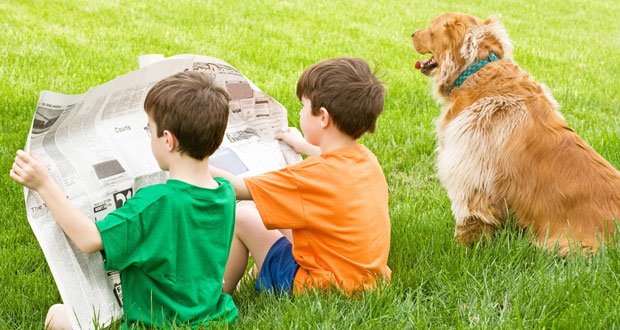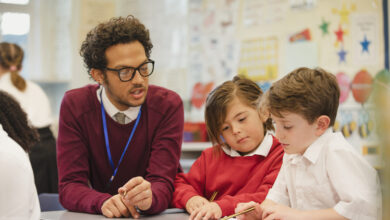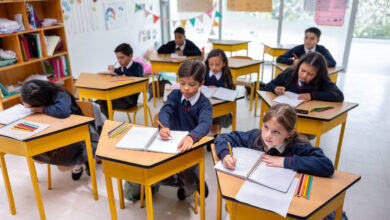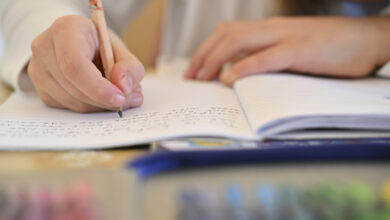In The ClassroomNewsTop Stories
Potential of dogs as reading aids unleashed

Weighing 113 kilograms and standing over two metres tall, Baron, an English Mastiff, could be Australia’s largest dog. But that’s not his only claim to canine fame: Baron is also a certified therapy dog.
Please login below to view content or subscribe now.






I am a linguist and literacy specialist. I am also part of a volunteer team for the Delta Society. My dog Finnigan accompanies me to various settings and we love what we do.
In my business, I work in a school one morning per week and a I run a clinic from home for children with learning difficulties. Finnigan comes to the school with me and is present during my sessions in the clinic.
I love my dog and I love the fact that the children love him too, but when my students make gains in literacy, I can categorically tell you that it has everything to do with the fact that I am using evidence-based literacy instruction. Finnigan has as much effect as my desk. It’s nice to have them both and it provides a level of comfort, but my desk is not teaching my students to read and neither is my dog.
Experience has taught me that the best way to build confidence is to provide supportive, positive feedback and to recommend strategies for improvement. Breaking negative cycles of attitudes to reading requires the same kind of expert intervention. I’m afraid that at this time, my dog isn’t qualified.
Please let’s not get carried away. Teaching reading, especially in the presence of learning difficulties requires expert guidance and many opportunities to practice. Much as they are lovely and kind and sweet, learning to read does not, and will never, require dogs.